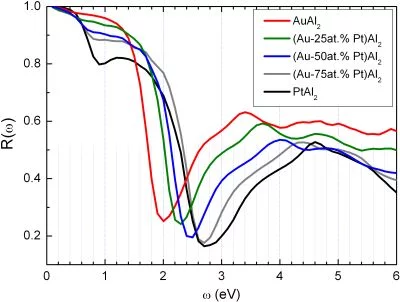The optical properties of precious metal alloys, specifically in the visible wavelength range, are of
principal importance for applications in the jewelry and watch industry.
Currently, the color of precious metal alloys is determined by trial and error and by experience. With an ever-growing interest in the luxury industry for innovations the development of new colors in precious alloys has become of strategic importance as a major differentiating factor for brands.
However, the development of innovative alloys, featuring new colors by addition of non-classical
alloying elements is tedious and expensive if large empirical screenings of compositions have to be executed. Due to the high cost of samples only few and incomplete studies of the influence of alloying on color are available in literature, mostly on white alloys and intermetallic compounds. Secondly, even though the colored alloys also have to be manufactured in large quantities, most of the existing literature focus only on the optical properties whereas consideration of the mechanical properties (in particular the hardness as a key indicator of manufacturability) should be included in the alloy screening and development.
The project has been finished in MSS with the successful PhD thesis of Dr. Deniz Kecik .
The project has been finished in MSS with the successful PhD thesis of Dr. Deniz Kecik .
Funding
This research project was a collaboration between MSS and the Laboratory of Nanometallurgy of Prof. R. Spolenak at ETHZ. The project was financed by the Competence Center for Materials Science and Technology ( link) and has financed (1) a PhD student at ETHZ for the fabrication and characterization of precious metal alloys by magnetron sputtering in a combinatorial way and (2) a PhD student in MSS to predict colors of Au and its alloys using ab-initio methods. Alongside this central objective, the thesis study performed also a comparative study in terms of the different existing first-principles techniques applied.
